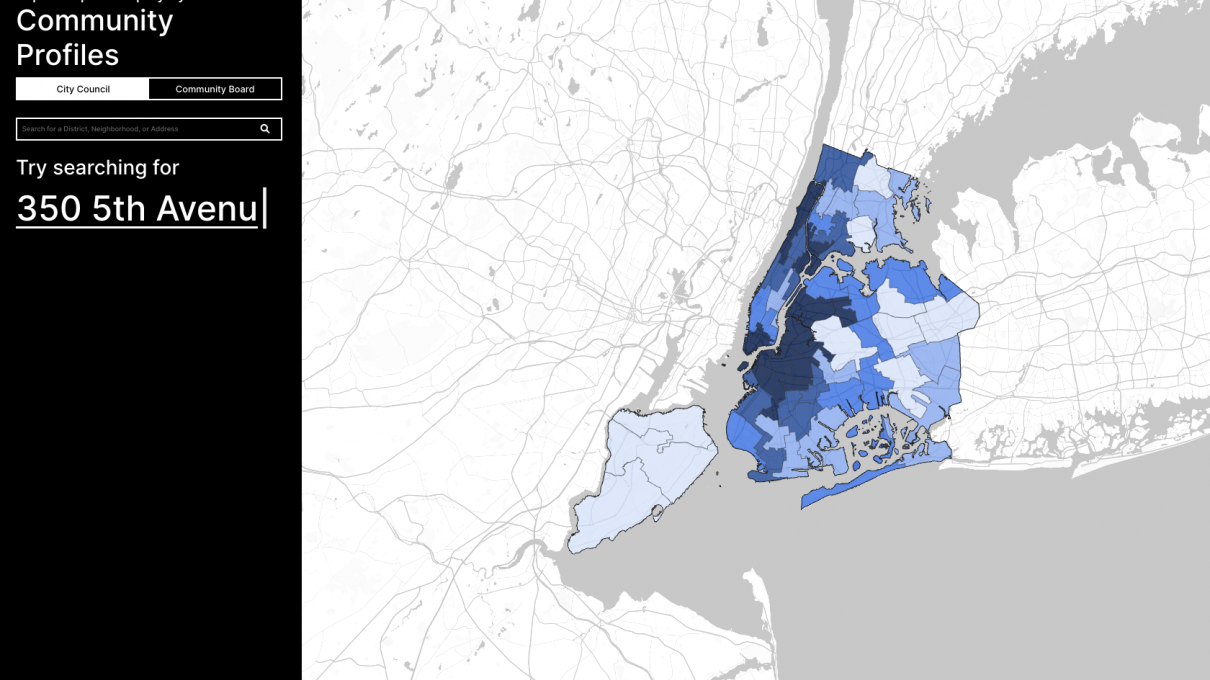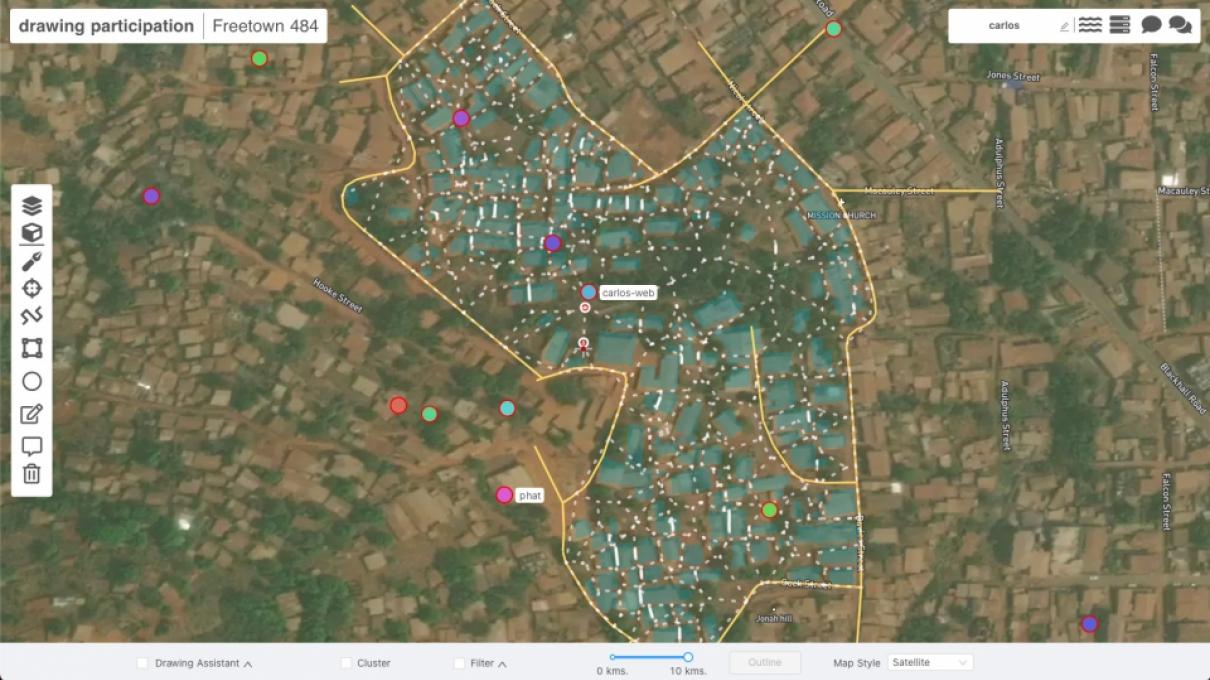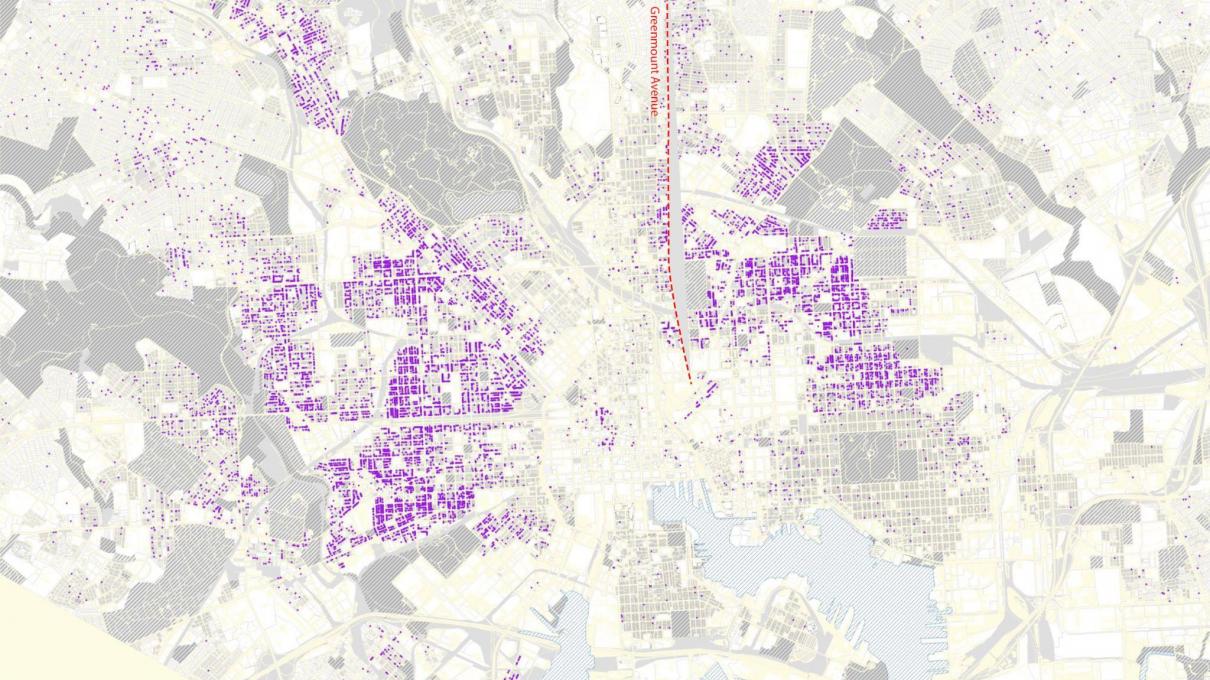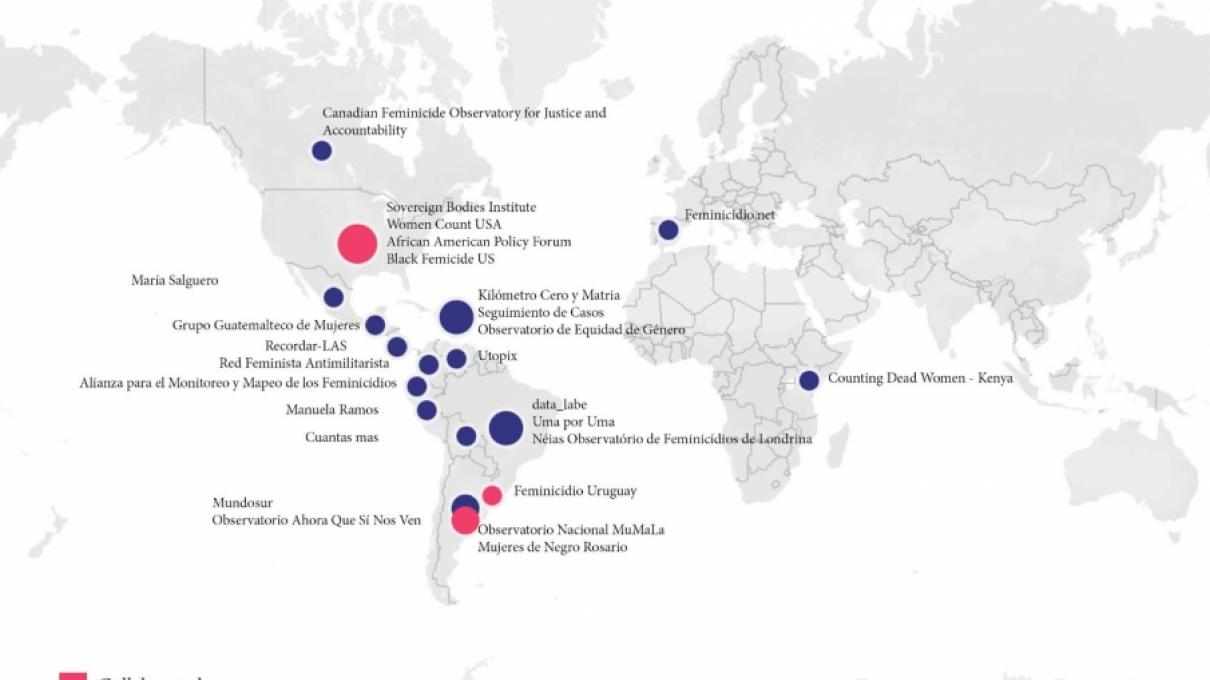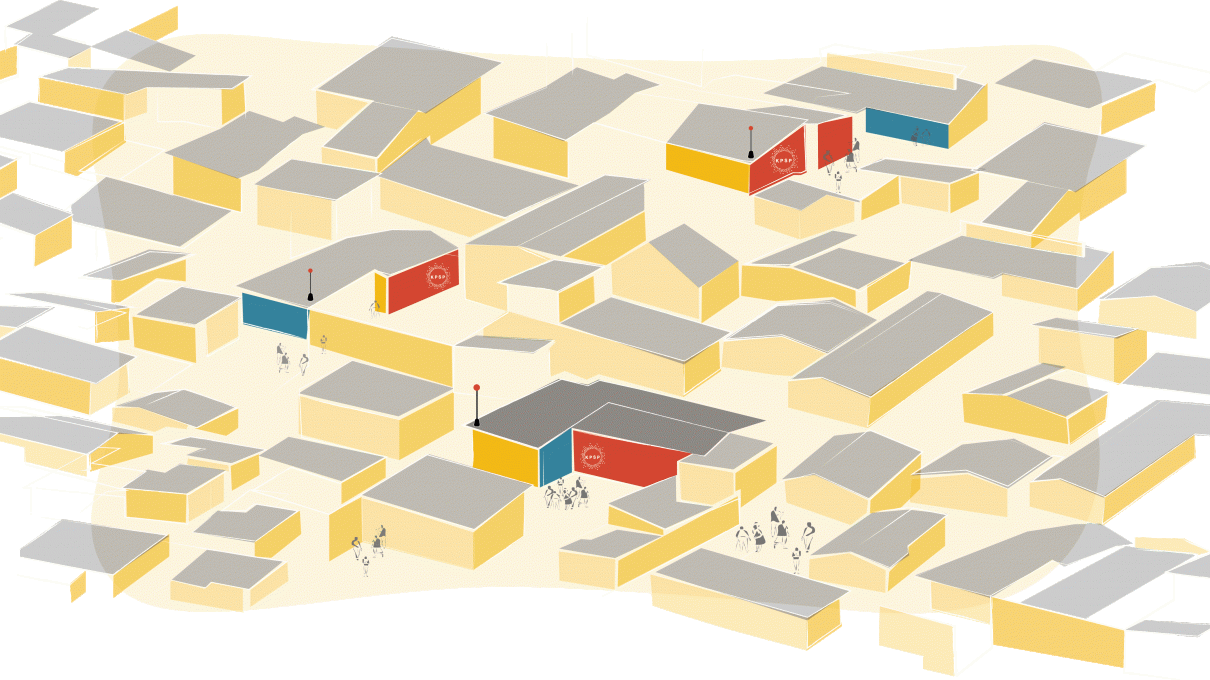Energy Intersections
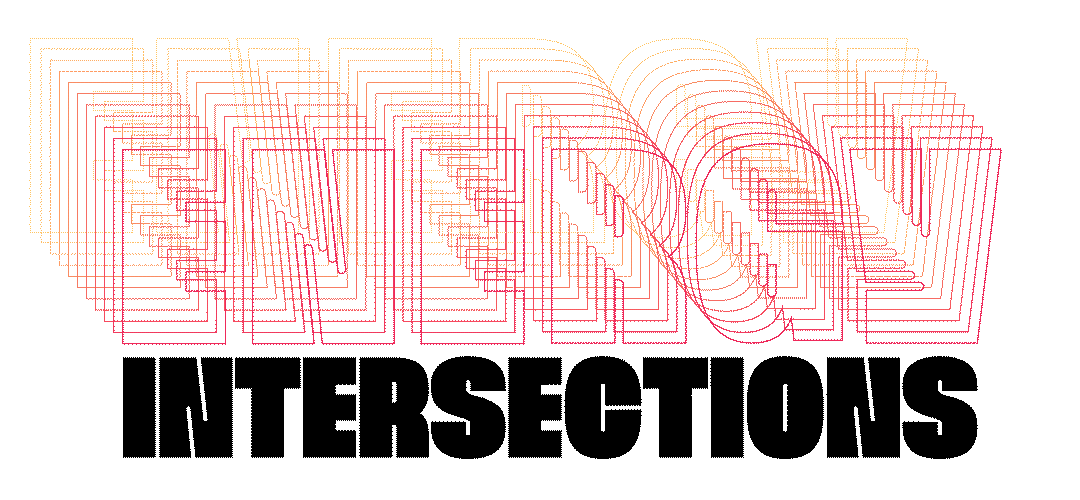
Energy Intersections, the Norman B. Leventhal Center for Advanced Urbanism (LCAU) sixth triennial research theme, brings design into direct conversation with the social, political, technological, and environmental tensions shaping our energy future. As climate change accelerates and emissions continue to rise—despite global decarbonization pledges—the need to rethink how energy systems are built, governed, and lived has never been more urgent.
This initiative challenges designers to create bold environmental design principles that work in tandem with policy—generating new models for how energy is produced, distributed, and experienced in cities. It recognizes that technology alone—solar panels, batteries, smart grids—won’t carry us forward. A just transition demands confronting the institutional and economic dynamics that can deepen inequality when designing energy environments.
Energy isn’t just a technical challenge—it’s a human one. Energy Intersections calls for design that meets this complexity head-on: interdisciplinary, grounded, and unapologetically ambitious.
Energy Intersections emerged from a yearlong process of reflection and conversation across the LCAU. Throughout Fall 2024, affiliated faculty convened to define the LCAU’s next triennial theme, bringing together perspectives from architecture, urban planning, design theory, computation, science and technology studies, engineering, art, and public policy. These conversations surfaced both urgency and opportunity: What must be done to shift energy systems—and how can we do it equitably?
Through these cross-disciplinary conversations, three core themes emerged—each highlighting a vital frontier for design in the energy transition:1. Designing Energy Environments
Energy is never isolated—it is deeply embedded in material, ecological, and policy systems. This theme explores how designers can shape the environments where energy is produced, distributed, and consumed. From landscapes and infrastructures to regulatory frameworks, energy environments demand integrated thinking that bridges form, function, and governance.
2. Hyper-Local Strategies for Energy Transition
Just energy transitions must be rooted in place. This theme focuses on how regionally specific, culturally grounded strategies—built from local knowledge and community priorities—can lead to more equitable and sustainable outcomes. By centering lived experience, designers can co-create solutions that are both effective and deeply resonant.
3. Technological Change and Energy Accountability
The accelerating growth of energy-intensive technologies, such as generative AI, risks undermining the progress of renewable energy. This theme investigates how design can contribute to new governance frameworks—making energy use more legible, accountable, and just. It calls for strategies that don’t just mitigate harm but proactively redistribute power and resources.



